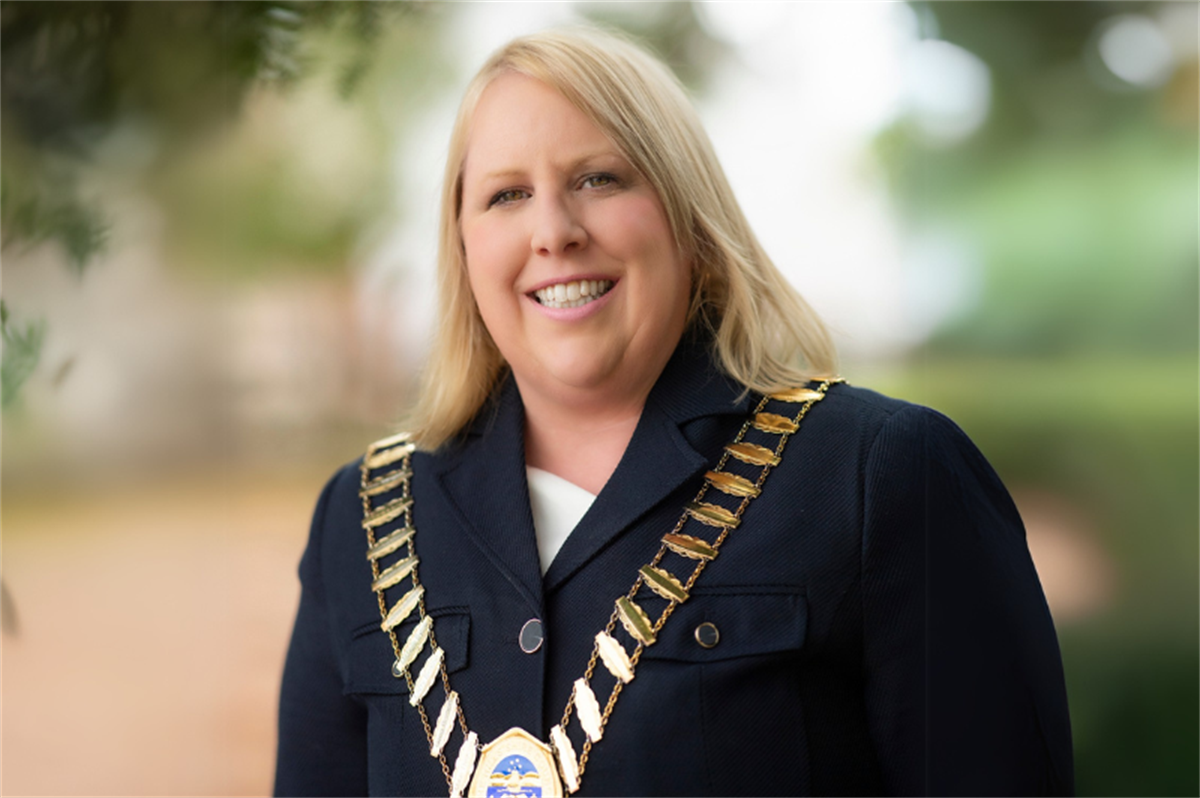The McGowan Government has unveiled a multimillion dollar package for the Wheatbelt region as part of the WA Recovery Plan to drive economic and social recovery, and create a pipeline of local jobs.
The Wheatbelt Recovery Plan is focused on getting locals back to work and includes a significant investment in sectors including agriculture, construction, manufacturing, tourism and hospitality, renewable energy, education and training.
It will deliver a pipeline of short and long term jobs supporting and strengthening our existing industries, as well as laying the foundation for jobs of the future.
As part of the McGowan Government’s $229.2 million Rebuilding our TAFEs package, the plan includes upgrades to TAFE infrastructure in the region, including:
- $8 million to the Muresk Institute in Northam for a new trades workshop, classrooms and specialist facilities for agricultural machinery apprentices and a new workshop space for shearing skills;
- $2 million to Central Regional TAFE’s Northam campus for major upgrades to workshop facilities and equipment;
- $25 million for free TAFE short courses to upskill thousands of Western Australians, with a variety of free courses available at South Regional TAFE’s Narrogin campus; and
- $32 million to expand the Lower fees, local skills program and significantly reduce TAFE fees across 39 high priority courses.
The Wheatbelt Recovery Plan includes investment in local infrastructure to create opportunities for local businesses and jobs for local workers.
The McGowan Government’s revamped Buy Local policy will ensure local businesses are in the box seat to carry out this work. It includes:
- $35 million through the Regional Road Safety Program to upgrade 400 kilometres of Wheatbelt roads with shoulder sealing and installation of audible lines, creating around 150 local jobs;
- $80 million across the State for targeted maintenance programs for regional social, remote and government workers housing properties, including approximately 150 homes in the Wheatbelt;
- $141.7 million to refurbish social, remote and government workers housing across WA’s ageing housing stock, including approximately 60 homes in the Wheatbelt; and
- $1.63 million State-wide funding for maintenance and infrastructure upgrades in remote Aboriginal communities, including at Badjaling.
The plan also includes a significant investment in infrastructure and programs to drive tourism and create jobs, including:
- $425,000 for upgrades to visitor facilities in Nambung ³Ô¹ÏÍøÕ¾ Park, including improving services at the Pinnacles Desert Discovery Centre and sealing the access road and car park at Lake Thetis; and
- $175,000 for upgrades to visitor facilities in parks across the Wheatbelt region, including upgrading buildings, trails, camp sites and roads in the proposed Dryandra Woodland ³Ô¹ÏÍøÕ¾ Park and at Eaglestone Rock.
The Wheatbelt region will also benefit from a range of State-wide programs included in the WA Recovery Plan. This includes:
- $23 million across the State for green jobs to employ people with no prior skills on environmental restoration including fencing, seeding and rehabilitating degraded land, in regional locations including across the Wheatbelt;
- $10 million towards the Clean Energy Future Fund to invest in clean energy technologies; and
- $8.1 million to continue the eConnected Grainbelt program to promote the availability of information and ag-tech tools across WA’s grain industry to provide growers with tailored information including weather, pests and diseases and to maintain 187 automated weather stations.
For more information, visit
As stated by Premier Mark McGowan:
“I thank each and every member of the Wheatbelt community for their efforts and sacrifices during the pandemic.
“We must remain vigilant, but our work to reduce the spread of COVID-19 means we are in a strong position to continue the process of recovery.
“The Wheatbelt Recovery Plan will drive economic and social recovery in the region to ensure it can recover stronger than ever.
“It will create a pipeline of short and long term jobs for locals and deliver huge improvements to local infrastructure and services.”
As stated by Regional Development Minister Alannah MacTiernan:
“The Wheatbelt is the heart of WA’s agricultural sector, and our Recovery Plan will help the region continue its bounce-back from the COVID-19 pandemic.
“Our investment at Muresk will see the Wheatbelt become a centre of excellence for agricultural machinery training.
“Investing in tourism infrastructure at the Pinnacles and across the region will help to drive visitor numbers and provide a boost to local tourism operators.”
As stated by Education and Training Minister Sue Ellery:
“The Wheatbelt and agriculture is critical to creating jobs in Western Australia therefore we must have the capacity to upskill and train Western Australians in this area.
“These initiatives will help ensure the future of the region and make it a more attractive place to learn, work and live.”







